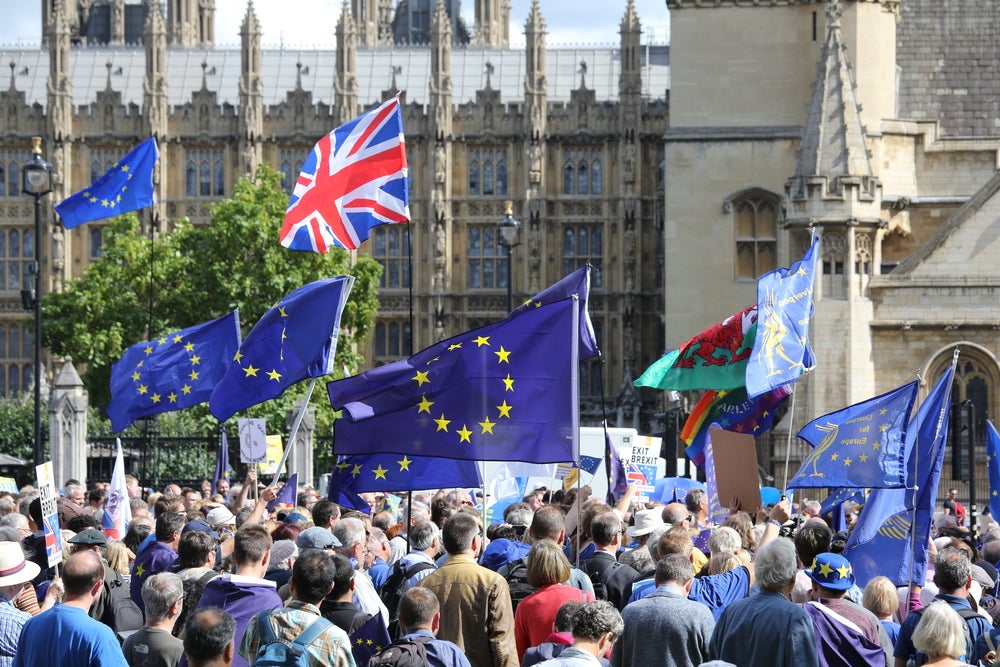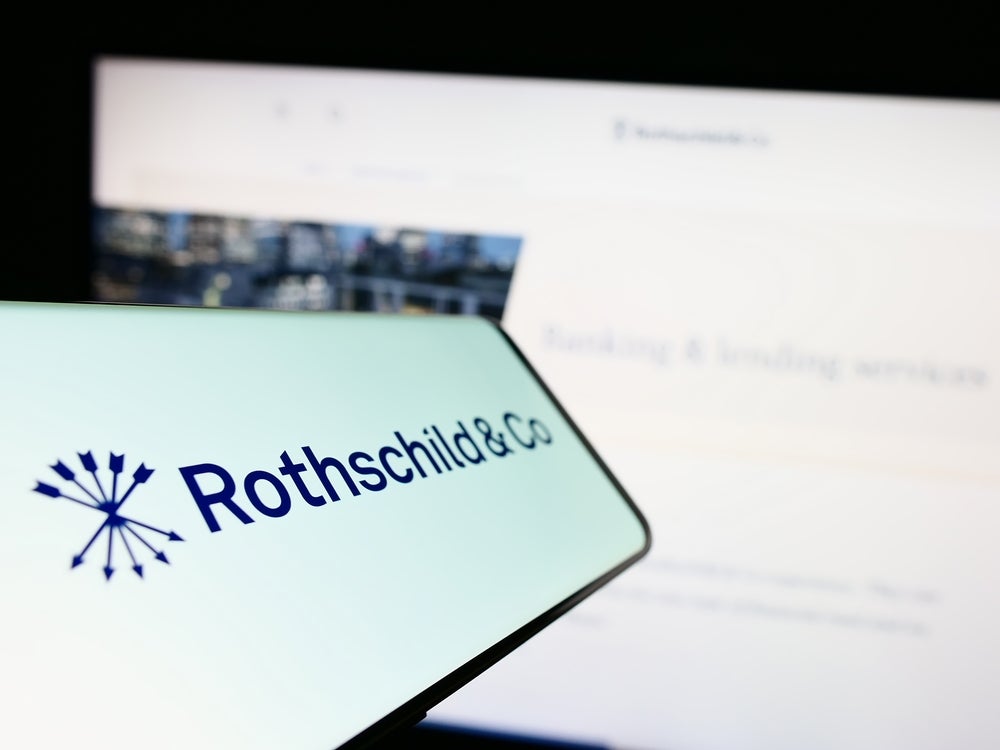
Following the historic defeat of Theresa May’s withdrawal agreement to take Britain out of the EU, the likelihood of a ‘no deal’ Brexit edges closer. Oliver Williams asks private banks and asset managers how likely is a no deal Brexit now. And how can investors prepare?
Article updated: 11.20, 15th January 2019
Chances of a no deal Brexit
Like many, JPMorgan Private Bank foresaw the defeat of May’s withdrawal agreement in the House of Commons on Tuesday and put the possibility of a no deal Brexit at 10%. Grace Peters, European equities strategist at JPMorgan Private Bank said:
“In terms of other outcomes, based on how things have evolved through the fourth quarter of 2018, the chance of no deal has diminished; this is around 10% on our calculations. This leaves the other 40% as all the other possible options.”
This is a view shared by Dean Turner, UK economist for UBS Global Wealth Management, who said:
“Though [a no deal Brexit] is not out of the question, the danger of such an outcome seems to have diminished in recent weeks, given Parliament has expressed its desire to avoid it.”
How well do you really know your competitors?
Access the most comprehensive Company Profiles on the market, powered by GlobalData. Save hours of research. Gain competitive edge.
 Company Profile – free sample
Company Profile – free sampleThank you!
Your download email will arrive shortly
Not ready to buy yet? Download a free sample
We are confident about the unique quality of our Company Profiles. However, we want you to make the most beneficial decision for your business, so we offer a free sample that you can download by submitting the below form
By GlobalData
Amundi Asset Management put the possibility of a ‘ratified deal’ at 60%. In an investor briefing, Didier Borowski, head of macroeconomic research at Amundi said:
“Nonetheless, our most likely scenario remains that the Brexit deadline arrives with a ratified deal (60% probability). Note that this probability covers deals other than the recent UK/EU agreement (as long as they lead to a transition period during which the UK will still be part of the European Single Market) and potentially very rocky paths to deal ratification, which would only come after major episodes of uncertainty and stress.”
However, Peters puts the probabily of a ratified deal on the basis of “May’s deal or something very similar” at 50% saying that, “conviction around this is still lacking”.
Richard Larner, head of research at Brooks MacDonald, a UK investment management firm, says the problem of a Brexit deal is timescale:
“We would attribute only a low probability to this scenario playing out within the current Brexit timescale…Commensurate with this, investors would begin to price a greater probability of a hard Brexit into markets, as long as politicians affirmed that the UK will exit the EU as scheduled on 29 March.”
Likelihood of a delayed Brexit
Larner believes that a delayed deal is the most likely outcome of the current deadlock:
“The Government’s opposition and dissidents from within the Conservative Party will now push for the secession date to be delayed, given a lack of appetite for a hard Brexit within Parliament.”
This is a view also held by Nigel Green, founder and chief executive of investment firm deVere Group. He said:
“Mrs May says she is not ‘running down the clock’ to the deadline of 28th March, but in all likelihood she will be re-submitting her Brexit plan with only a few minor tweaks, and so taking up government and parliamentary time that could perhaps be spent exploring other options that can command more support from MPs. In all probability the government will seek an extension to Article 50.”
A delay of article 50, the trigger for leaving the EU, could see the chances of a no deal Brexit lessen, believes Larner:
“This may ultimately result in a soft Brexit in the future, although there would still be significant uncertainty as to how the process will progress. Overall, we would expect a delay to reflect positively in UK asset markets, although any improvement in sentiment would be restrained by ongoing uncertainty.”
Possibility of sterling volatility
While the price of sterling took a hit late on Tuesday as Theresa May’s deal look set to be defeated, it actually ended the day stronger on a trade-weighted basis. Since markets opened on Wednesday, the sterling has shown little change against both the dollar and the euro.
Larner believes that the lack of sterling volatility shows that most traders are not expecting a no deal outcome:
“There is little appetite for a no deal scenario within Parliament, with most MPs appearing to favour a soft Brexit and a delay of the secession date, and sterling’s recovery shows that investors have begun to price these eventualities into asset markets.”
However, Brad Holland director of investment strategy at Nutmeg, a digital wealth manager, thinks that a deal on Brexit could see the pound rally:
“It may not happen by March 29th, but Nutmeg continues to hold as its base case that the UK leaves the EU with a deal in 2019. The UK currency is likely to rally on this outcome, and the ‘crash-out’ fears priced into bond markets will be reversed, increasing government bond yields.”







